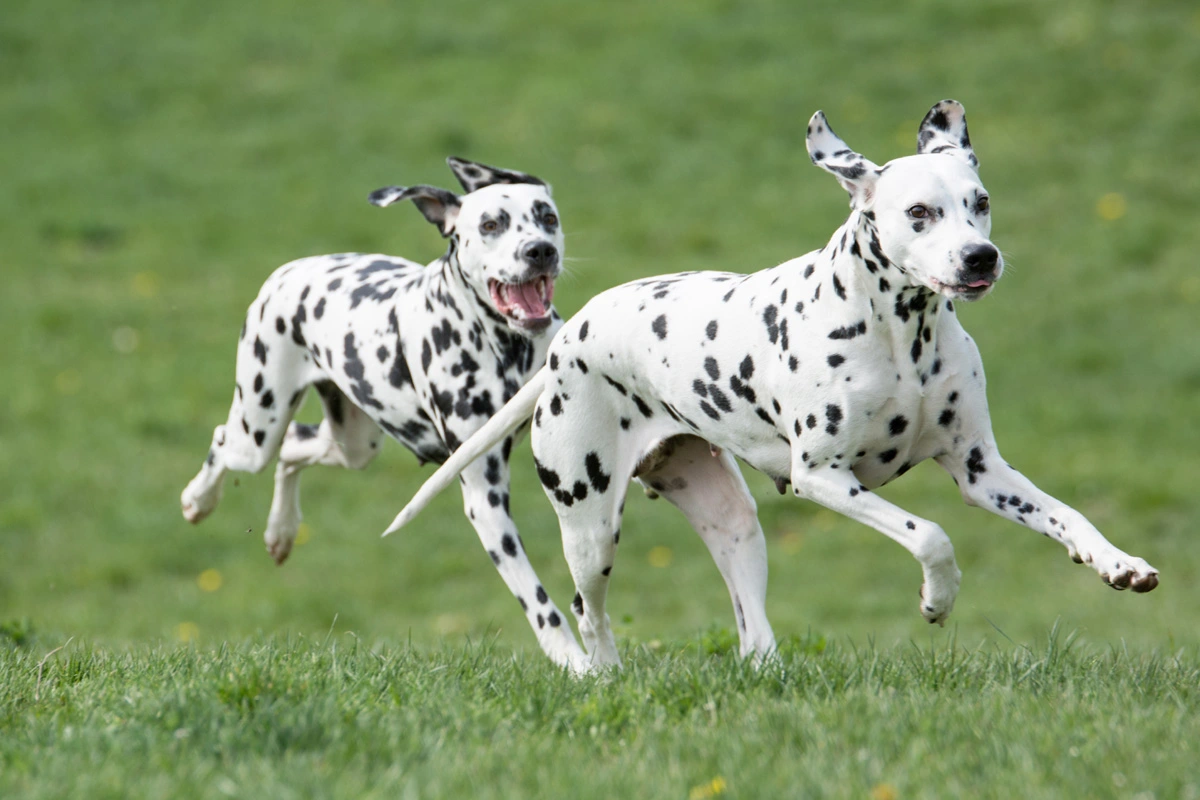
Having multiple dogs in the household can be a joyful and fulfilling experience. However, it can also bring challenges, especially when aggression arises between them. As much as we want our furry friends to get along, sometimes they may exhibit inter-dog aggressive behavior which can lead to fights and tension within the pack. But fear not, there are ways to manage and reduce this aggression to create a peaceful and harmonious environment for all dogs involved.
Bringing Peace to the Pack: Tips for Managing Dog Aggression
Aggressive behavior between dogs can manifest in various forms such as baring teeth, growling, snarling, snapping, and even physical fights. As pet owners, it is essential to understand the root cause of this behavior in order to effectively manage it. It could be due to fear, resource guarding, territoriality, or simply a personality clash. Identifying the trigger can help you develop a plan to prevent and manage aggression between your dogs.
When a fight breaks out, it is crucial to stay calm and not panic. Yelling or trying to physically separate the dogs can escalate the situation and cause more harm. Instead, use loud noises or a spray bottle to distract them and then separate them safely. Seek professional help from a certified dog trainer or behaviorist if the aggression persists. They can provide personalized strategies to address the specific issues within your pack and guide you towards creating a peaceful coexistence between your dogs.
Pawsitive Introductions: Techniques for Introducing New Dogs
When introducing a new dog into the household, it is essential to do it slowly and carefully. Start by introducing them to each other in a neutral space, such as a park, where there are no territorial triggers. Allow them to sniff and get to know each other without any pressure. Gradually increase the time they spend together and always supervise their interactions. Provide each dog with their own resources, such as food bowls and toys, to prevent any potential resource guarding. This slow and controlled introduction process can help build a positive relationship between the dogs and prevent aggression.
Barking Up the Right Tree: Strategies for Curbing Aggression

One way to prevent aggression between dogs is to identify and address any triggers. Keep an eye out for signs of tension or discomfort between the dogs and intervene before it escalates. Train your dogs to respond to commands such as “leave it” or “stay” to redirect their focus and prevent any potential confrontations. Consistently reinforce good behavior with rewards and positive reinforcement to encourage calm and non-aggressive behavior.
Being the Alpha: Establishing Leadership to Reduce Aggression
Dogs have a natural pack mentality, and it is crucial for them to understand their position within the pack. As the owner, it is your responsibility to establish yourself as the pack leader and set boundaries for your dogs. This can be done through consistent training, providing structure and routine, and always being in control of resources such as food and toys. When your dogs see you as the alpha, they are more likely to respect and follow your lead, reducing the chances of aggressive behavior.
Tails Wagging Again: Maintaining Harmony Between Canine Companions
Managing aggression between dogs is an ongoing process. It is essential to continue implementing the techniques mentioned above and consistently reinforce positive behavior. Be patient and understanding, as it may take time for your dogs to adjust to each other. Remember to give each dog individual attention and love to prevent any feelings of jealousy or competition. With proper management and care, your dogs can learn to coexist peacefully and enjoy each other’s company.
Having multiple dogs in the household is a rewarding experience, but it is vital to manage any aggression that may arise between them. By understanding the root causes of inter-dog aggressive behavior and implementing proper techniques, you can bring peace to your pack and create a harmonious environment for all your furry companions. With patience, consistency, and love, you can ensure that your tails are wagging once again.